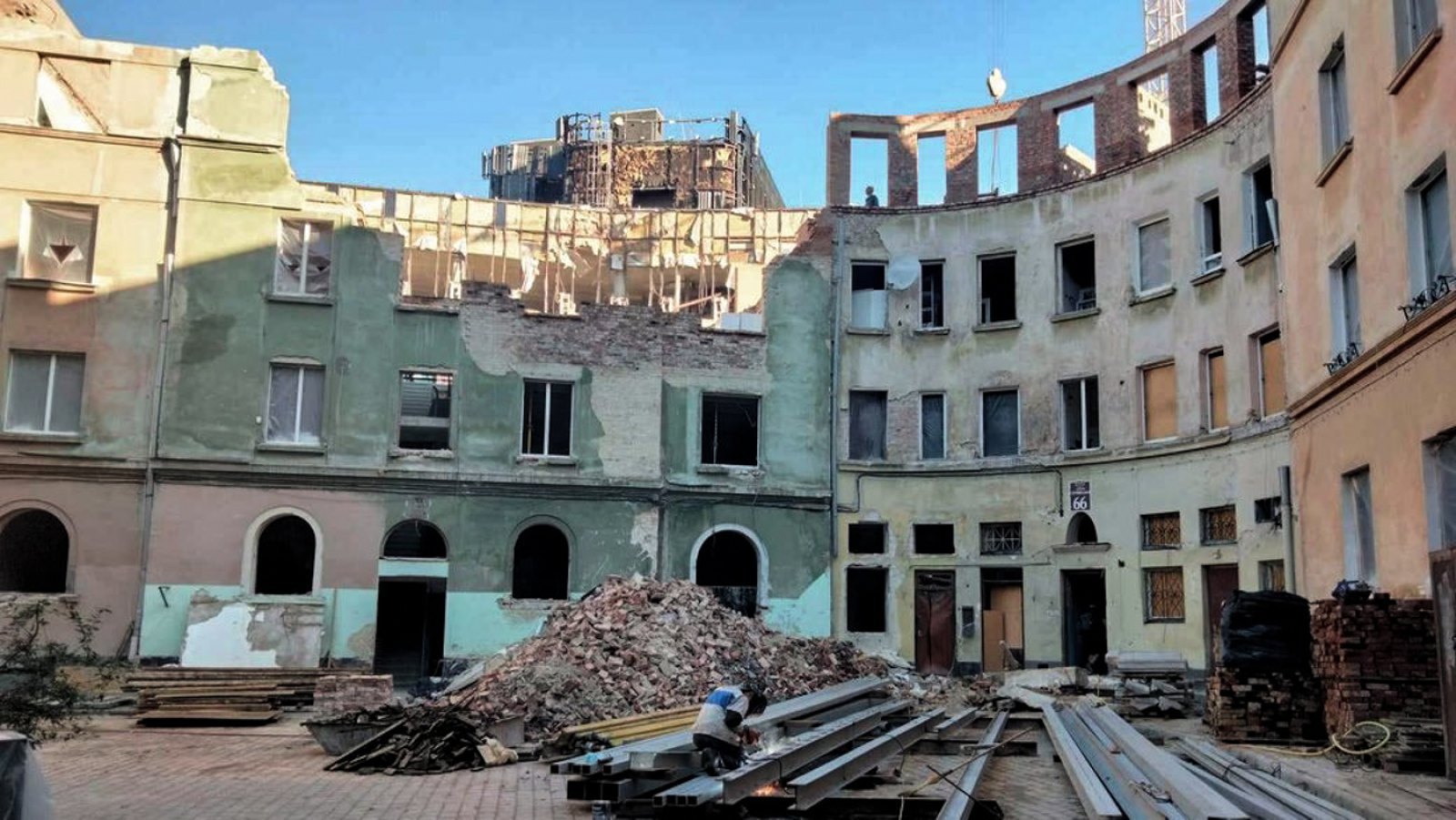Previously, we mainly considered two key approaches: complete restoration of what was destroyed or targeted preservation of the city's "core", the main part of the historical heritage. Experts, politicians, and public opinion seem all disposed to these too. It seems logical from an emotional point of view: we are fighting not only for our land, but also for our heritage. However there have been many cases in history when reputable urban planners, architects, and municipal commissions have chosen the option of "let's build a new one and not let the old one hold us back". What arguments did they find to rebuild the city, in some cases from scratch? Are Ukrainian realities the same as in France, Italy or the Netherlands?
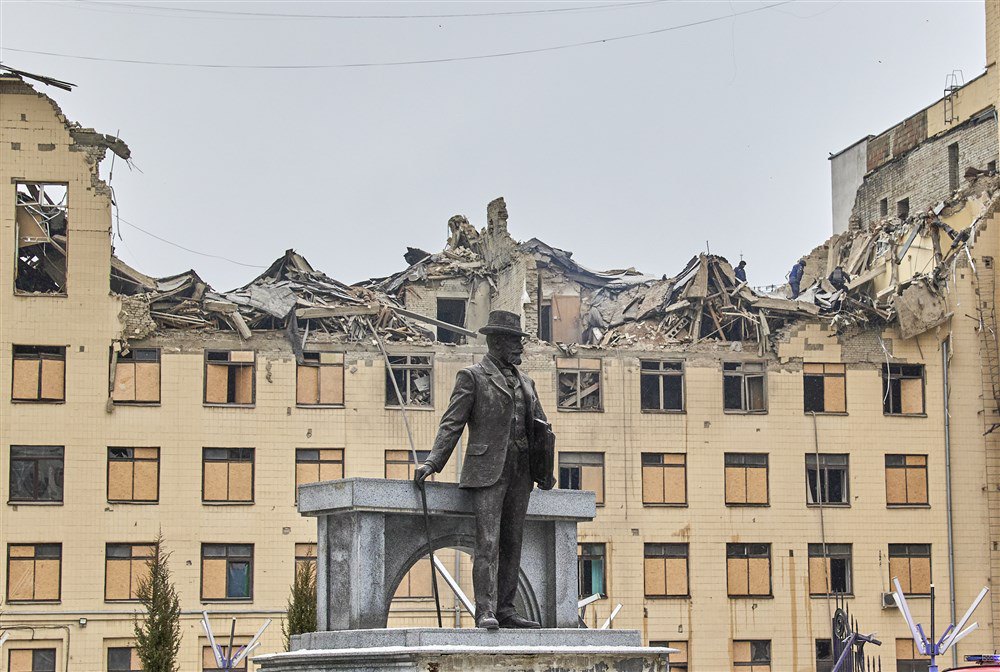
"I don't think there is anything in Ukraine that could not benefit from the common European experience," says Oleg Drozdov, architect at Drozdov & Partners, co-founder and president of the Kharkiv School of Architecture, and co-founder of Ro3kvit: Urban Coalition for Ukraine. "We have buildings that have historical value or certain architectural qualities, and these can be buildings from the 1970s, not just those built 200 years ago. And there are many things in our great heritage that need careful work and study. But sometimes the urban structure of cities, even villages, can be just as valuable or even more valuable, and it needs attention and reconstruction."
This is practically the root of the problem, and it should be discussed separately. Ancient historical centres either in Ukraine or in other European countries did not consist of a single monolithic old town as an integral architectural monument. Cities "grow" continuously, being formed over centuries (sometimes millennia) according to the technologies and rules of the time in which they were built. Along with old buildings, problems accumulate. Narrow, cosy streets, cobblestones, narrow sidewalks, relatively small houses with shops on the ground floor look attractive to tourists. But they also pose problems with population density, cleaning, and great difficulties for new modes of transport – who could have foreseen mass motorisation 300 years ago?
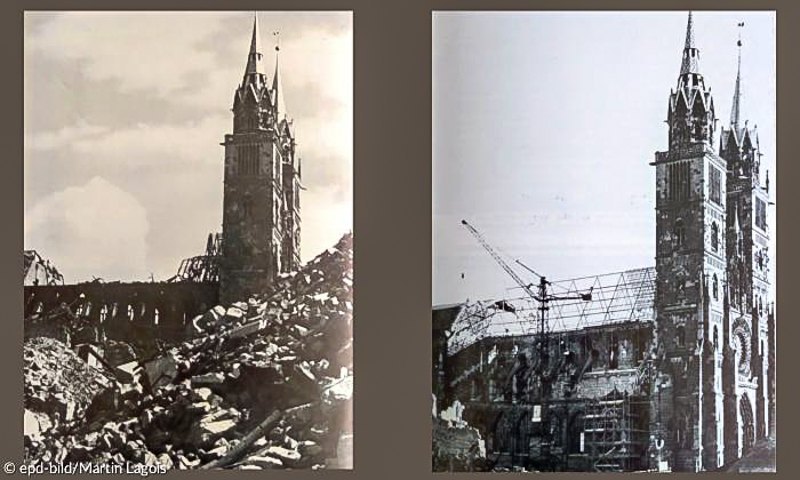
The situation with urban infrastructure is even more complicated. In the second half of the nineteenth century, it was common to see streets built without water supply and sewage, without gas mains, electrification, and even more so, municipal heating networks. It was only in the mid-20th century that electric and telephone cables were laid centrally and through underground ducts, rather than overhead and individually. Equipping a single building with all this is troublesome, but realistic. To wire hundreds of blocks of the historic centre is a gigantic challenge.
Urban zoning at the level of municipal regulation began to be introduced only in the last century; before that, a factory with smokestacks or a cattle slaughterhouse could operate on the same street as residential buildings; a dirty trading port and fish warehouses could be adjacent to the prestigious waterfront, located a block away from the cathedral. And in each case, motorisation and modern public transport require redevelopment of areas and at least partial demolition of buildings.
The way we imagine the modern model of European development is actually the result of the post-war renewal, which added shopping streets and regular squares, normal junctions and shopping centres. This is the argument that should be relevant here: even in the 1990s, construction in Ukraine did not foresee several hundred cars per thousand citizens. The centres of our cities are not designed for this number of cars, the radial highways are overloaded even during non-peak hours, and there is nowhere to park under our houses. Developers cite this as an example of why it is impossible to blindly restore things "as they were". Is it a rational argument?
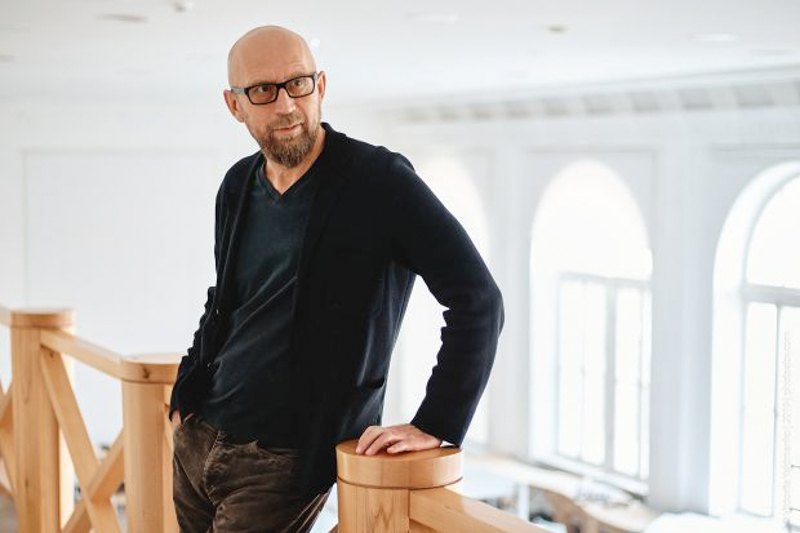
"If we are talking about city highways, large parking areas, supermarkets, this is the architecture and urbanism of the past, not modern trends," says Drozdov. "The era of urban planning focused on the needs of motorisation ended in Europe half a century ago, in the mid-1980s, although Kyiv is still being built in this paradigm. Today, European countries are dismantling urban highways and suburban hypermalls, where you need to drive to, and other infrastructure that was created for the automobile society. It is irrelevant today, and the future of our cities needs to be planned with a human-centric approach."
But aren't there recognised successful examples where radical reconstruction helped cities, at least added to their growth and made them commercially successful, sometimes attracting attention with their new architecture? In addition to Rotterdam, which we examined as an example in a previous article, we can mention Antwerp and Berlin, Dresden, Belgrade or Le Havre.
"I would call Nuremberg one of the best post-war reconstructions," says Drozdov. "They didn't reconstruct everything that was lost, but they rebuilt the scale and a certain rhythm, while maintaining a clear articulation of where the old and the new are. The contrast to this approach is Warsaw. It was destroyed and completely rebuilt in almost the same form, but lost the people, way of life, and economy that existed before the war. The city was rebuilt, but it turned into a prop. There is no sense in this majestic reconstruction, and it looks like a Hollywood set even today."
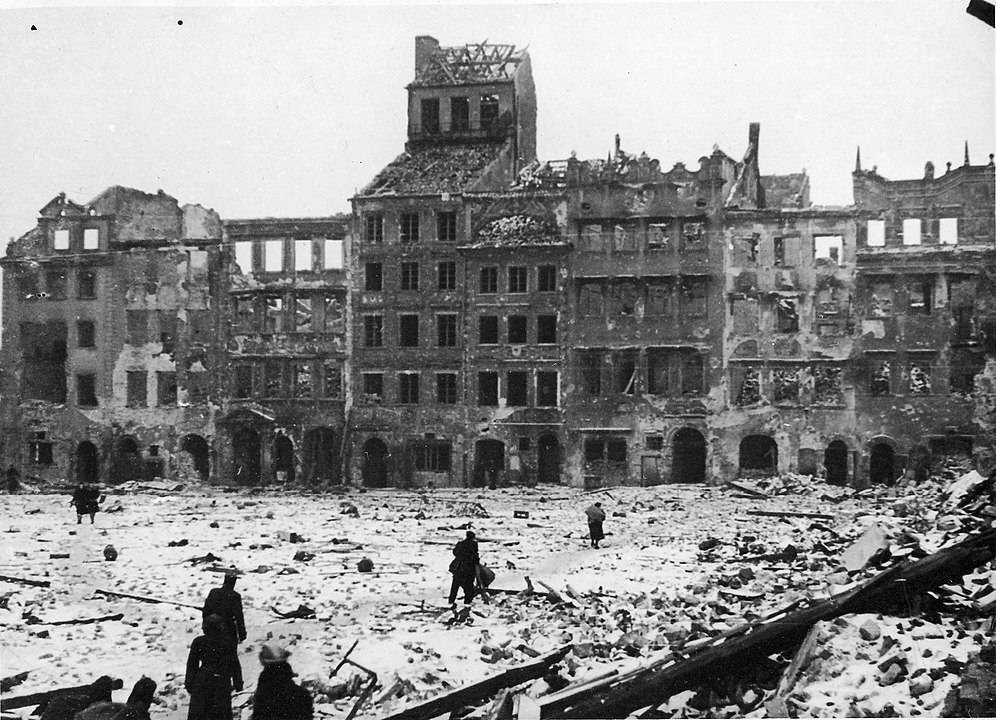
It's a really interesting example of how the best intentions to reclaim your heritage led to a contraversial result. And there is another example that shows how different approaches affect development. Prague is the only city of over a million people in continental Europe located in the area of active hostilities that did not suffer significant destruction in World War Two. Some neighbourhoods had to be demolished and main streets widened, but most of the historic districts have retained their layout, and some have remained almost exactly as they were a hundred or three hundred years ago. Though the city is picturesque and touristically valuable, it is squeezed into these constraints - and its population has grown by less than a third in 80 years, now barely reaching 1.3 million.
"Back to Rotterdam, they really took the most radical approach and demolished a lot of things that could be brought back to life with little effort. This made it possible for a very large-scale rebirth similar to American cities, which gave Rotterdam an incredible boost – it quickly became economically the strongest city in the Netherlands and remains so today. But now urbanists say that they made a mistake back then and that they could have saved much more. To make a kind of collage city, to build a brand new city in those neighbourhoods that were lost, but at the same time to preserve more of the former city. This post-Rotterdam paradigm of reconstruction, which we have now come to, makes much more sense than producing fakes based on a lost understanding of how to build 150 years ago. We are not capable of building in the same way now. These are fakes, a waste of resources, time and opportunities," Drozdov insists.

Is there anything that can serve as an example at all? In 1957, an unusual open-air exhibition, Interbau 57, took place in Berlin (in West Berlin, which was important at the time). Its exhibits included houses and even districts: the exhibition was dedicated not just to construction, but to the conceptual development of cities destroyed by war. These models have been taken into account and reproduced for decades all over the world, and even now they cannot be considered outdated. Is there such a standard for urban development today?
"Firstly, it is a homogeneous city, where all urban opportunities and resources are available from the centre to the periphery. Secondly, it is a polycentric city, built roughly according to the '15-minute' concept that is planned to be implemented in Paris. A city with not just one historical core with vibrant cultural life, for example, but many sub-centres, where everything can be found near your home, where all aspects of civilisation are accessible to all segments of the population. Where even if you live on the outskirts, you don't feel like you're left out of city life. Thirdly, the city is environmentally friendly, not pouring concrete over nature, but created from interconnected natural enclaves. And the city is also mobile, not with highways with ten rows of cars, but with a variety of transport options and good connectivity," Drozdov says.
The "15-minute city" is a concept for planning urban areas where residents can reach all the places they need in their daily lives within a walk of no more than 15 minutes from their homes. The idea is not new and has remained somewhat marginal, but has returned to the spotlight after Paris Mayor Anne Hidalgo included it in her 2020 election programme. Paris is a special case of controlled modernisation of European cities. Its first wave did not wait until 1945, but began almost a century earlier. The plan, called the Haussmann Reconstruction of Paris after Baron Haussmann, was implemented from 1853 to 1870. It largely shaped the modern look of the French capital and demonstrated that citizens could accept and support modernisation," he says.
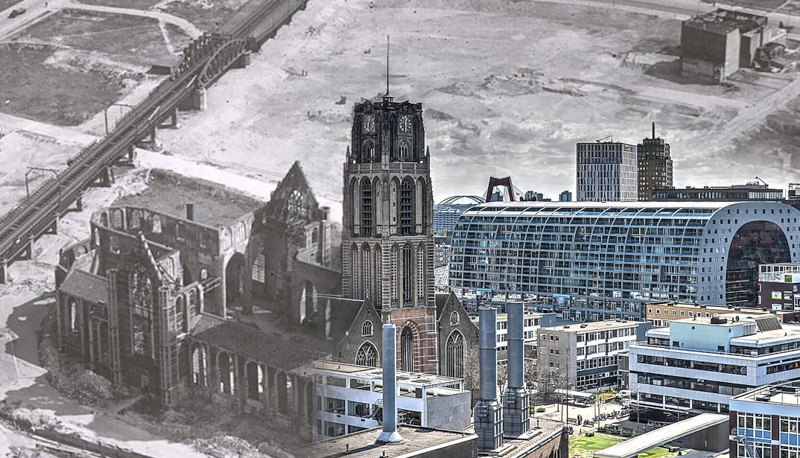
What are the chances that Ukrainians will accept this rationality in choosing a model for rebuilding destroyed cities? What are the best arguments to convince us? Won't we face the fact that the majority of our fellow citizens, for example, will speak out against progressive redevelopment and in favour of returning everything to the way it was, down to the Soviet-era panel neighbourhoods?
"I don't really believe it," says Drozdov. "I think we have made our choice. Actually, this war and the price we are paying make it clear what kind of civilisation we choose and what kind of choice we make. Besides, just imagine – there are 8 million people abroad now, they will return with a different urban experience and demands for the future. But we have a lot of work to do. We have to raise and train politicians, architects, and civic activists who will design and implement urban plans. This is a common task for the expert community and civil society."
